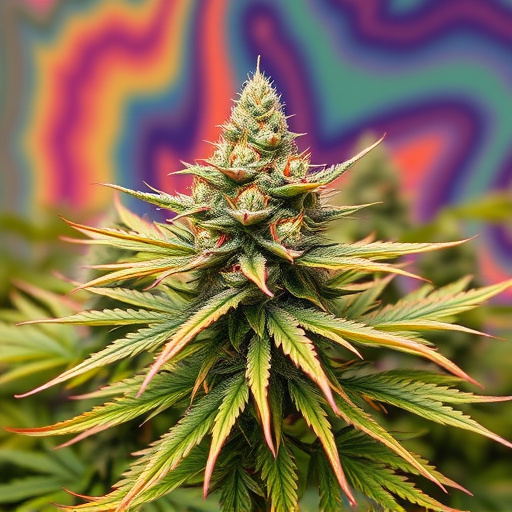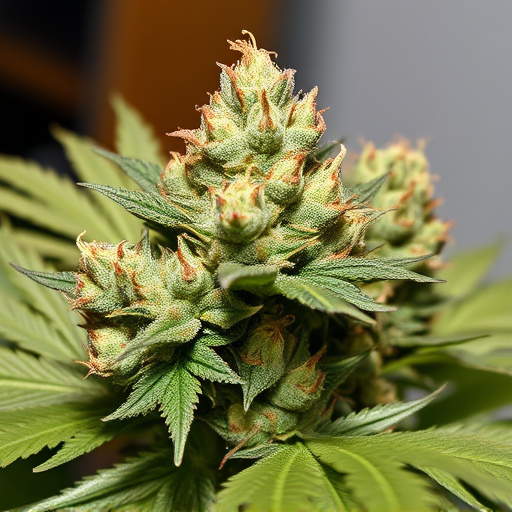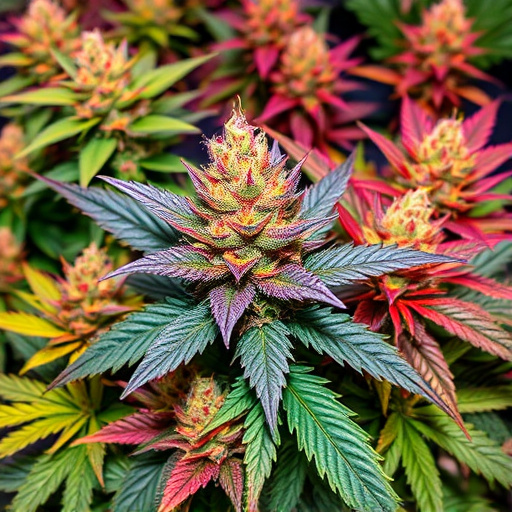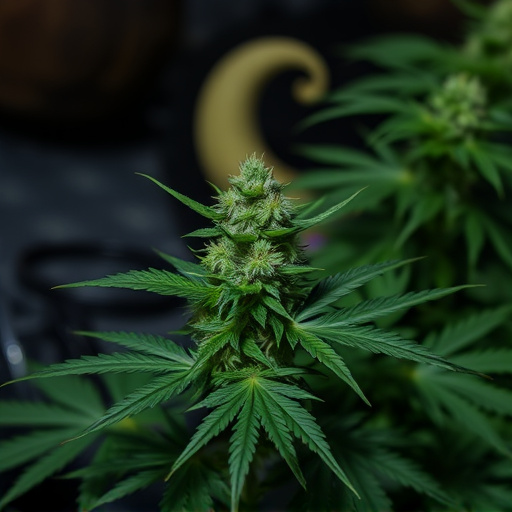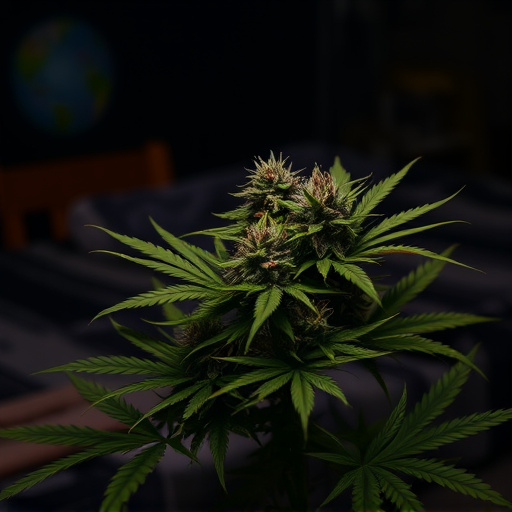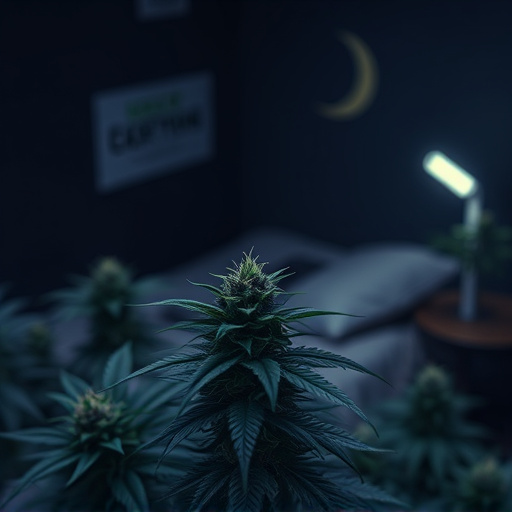The cultivation of rare cannabis strains designed to alleviate insomnia is a meticulous process due to their unique genetic requirements, such as precise environmental conditions and detailed care. These strains, often high in CBD, are scarce because they require years of selective breeding and specific controls over light, temperature, humidity, and nutrition, yielding low crop amounts. High demand and limited availability disrupt supply chains, making it challenging for consumers to access these tailored cannabis strains for sleep aid.
In today’s vibrant cannabis landscape, certain rare strains have become elusive treasures, sparking curiosity among enthusiasts. The quest to find these sought-after varieties is a complex dance between cultivation challenges and consumer demand. This article explores why some cannabis strains, particularly those renowned for their insomnia relief properties, are hard to come by. From the intricate genetics and meticulous farming required to regulatory hurdles and global market dynamics, discover the factors contributing to the limited availability of these desired cannabis strains.
- The Demanding Nature of Cannabis Strain Cultivation
- – Unique genetic traits and specific growing conditions for rare strains
- – Time-consuming cultivation processes and limited yields
The Demanding Nature of Cannabis Strain Cultivation
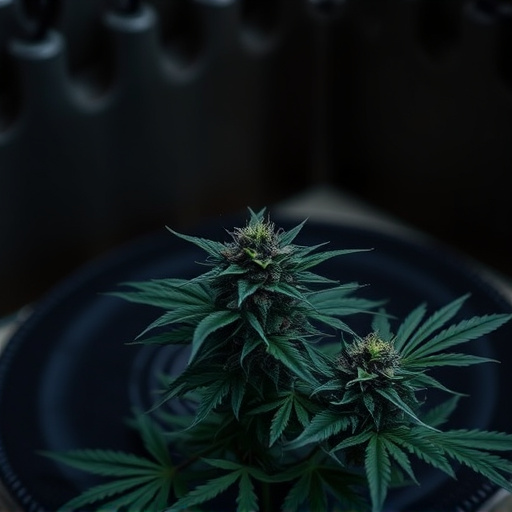
The cultivation of specific cannabis strains, especially those sought-after varieties that cater to medical needs like sleep and insomnia, is an intricate art. Growers face numerous challenges in producing these hard-to-find strains due to their unique genetic makeup and demanding cultivation requirements. For instance, some strains require precise environmental conditions, including specific temperatures, humidity levels, and light cycles, to flourish.
The complexity intensifies when considering the time and expertise needed to maintain these delicate plants. Cannabis is highly sensitive to its surroundings, and even slight variations in care can significantly impact the final product. As a result, growers must be adept at understanding and fulfilling the precise needs of each strain, contributing to the overall scarcity and desirability of certain cannabis strains for insomnia and other medical conditions.
– Unique genetic traits and specific growing conditions for rare strains

Some cannabis strains, particularly those with unique genetic traits and specific growing conditions, can be incredibly rare and hard to find. These rare strains often possess distinct characteristics that set them apart from their more common counterparts. For instance, certain cannabis strains for insomnia have been cultivated with meticulous care, requiring precise environmental factors like optimal humidity levels, temperature control, and specialized lighting setups to thrive.
Their rarity is also due to the specific genetic makeup that contributes to their unique effects, such as high concentrations of CBD or specific cannabinoid profiles known to alleviate sleep issues. These strains may have taken years for growers to develop through selective breeding programs, making them both highly sought after and notoriously difficult to locate in dispensaries.
– Time-consuming cultivation processes and limited yields

The scarcity of certain cannabis strains, especially those favored for their potential benefits in treating insomnia, can be attributed to their intricate cultivation processes and low yields. These particular strains often require meticulous care and specific environmental conditions to thrive. Growers must carefully manage light exposure, temperature, humidity, and nutrition to achieve the desired terpene and cannabinoid profiles. The time-consuming nature of these cultivation techniques, coupled with limited crop yields, results in a shortage of these specific cannabis strains for insomnia relief.
Additionally, many sought-after strains are highly in demand due to their unique genetic makeup and potent effects. As such, they are often cultivated on smaller scales by specialized growers who prioritize quality over quantity. This further contributes to the challenges in finding these rare varieties, as limited availability can lead to prolonged supply chain disruptions for dispensaries and consumers seeking cannabis strains tailored for sleep aid.
The elusive nature of certain cannabis strains, particularly those catering to specific needs like insomnia, can be attributed to their intricate genetic makeup and demanding cultivation requirements. These rare strains necessitate precise growing conditions and meticulous care, contributing to their low yields and longer timelines. As demand continues to rise for effective remedies, such as cannabis for insomnia, understanding and improving cultivation practices will be key to making these valuable strains more accessible.


